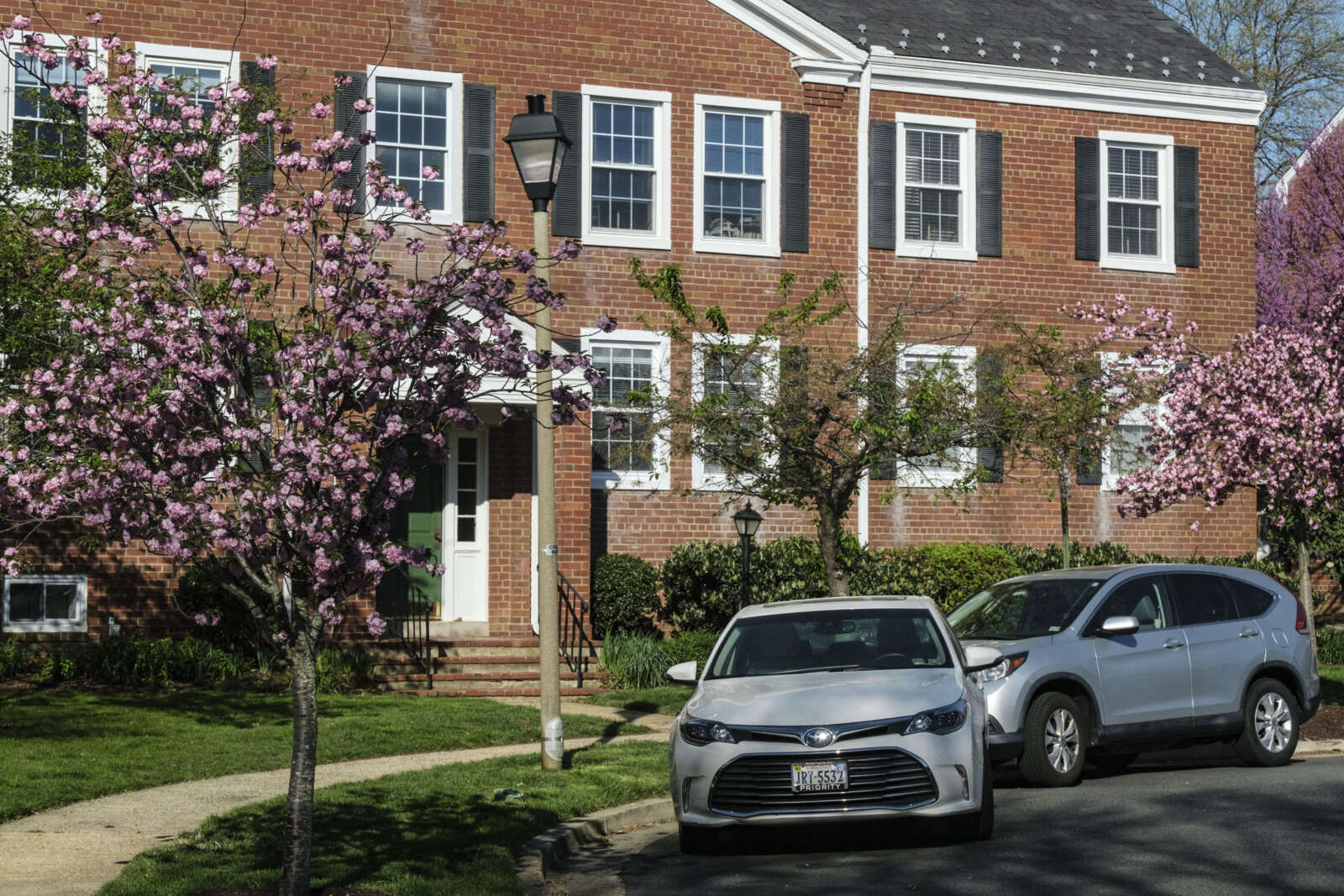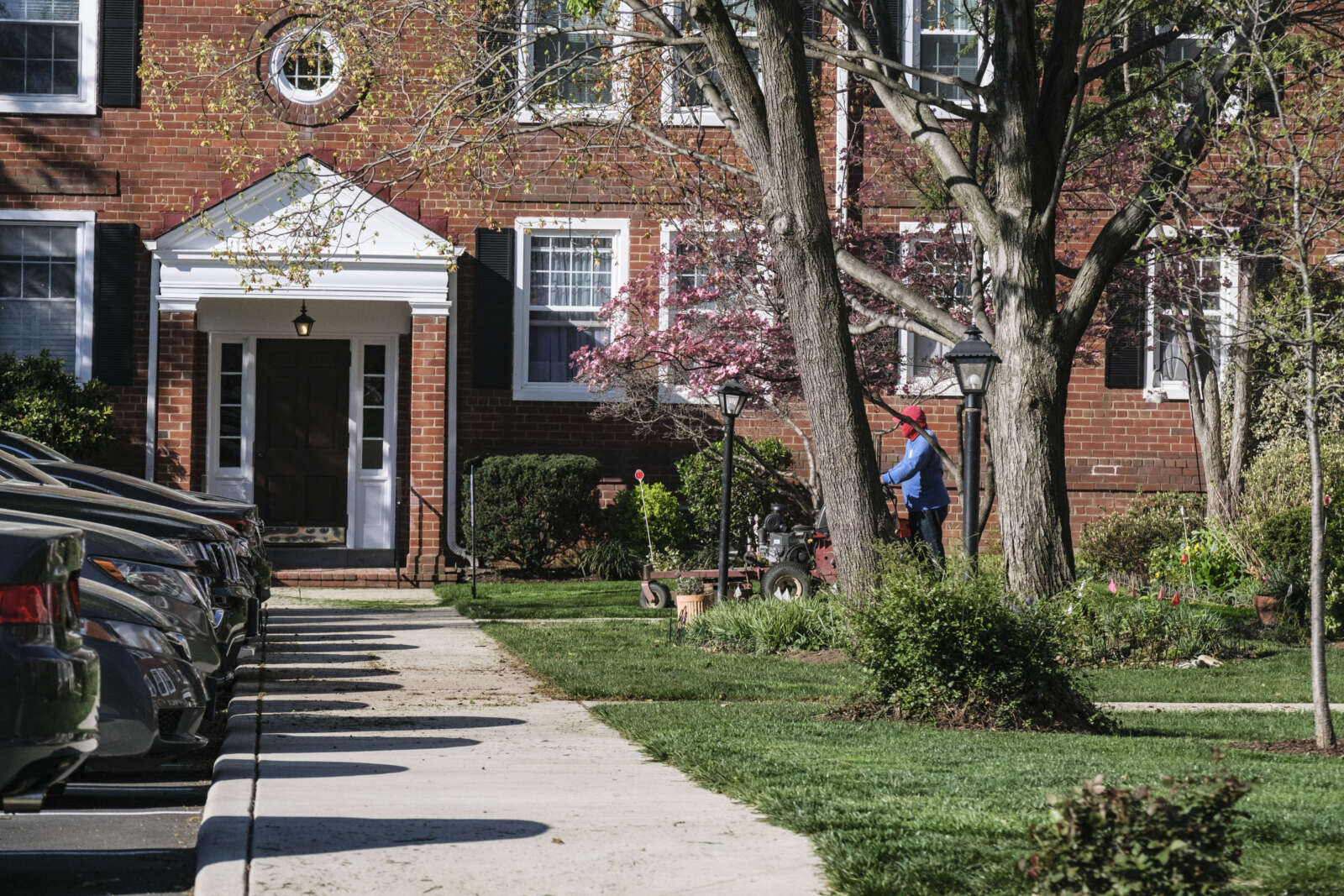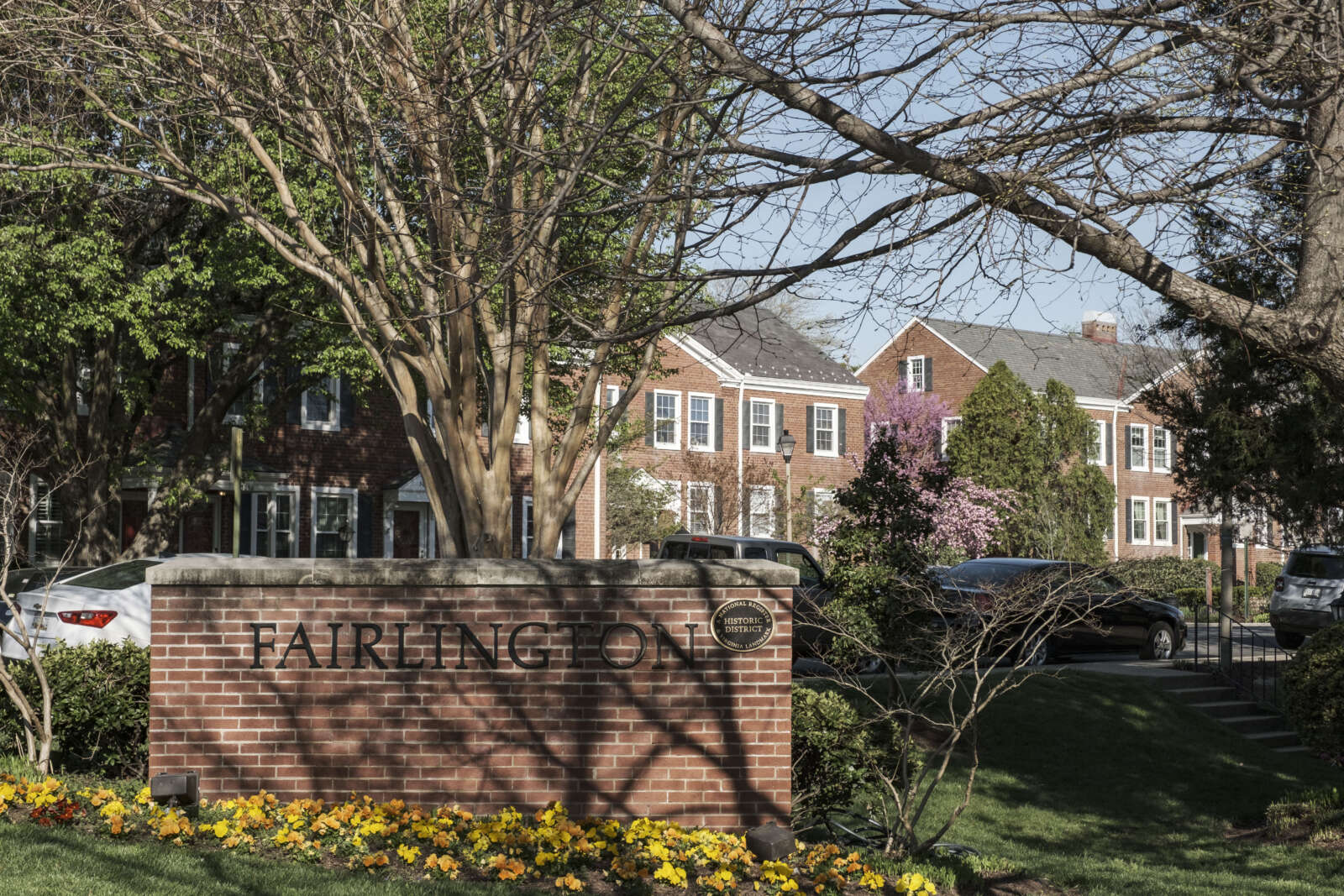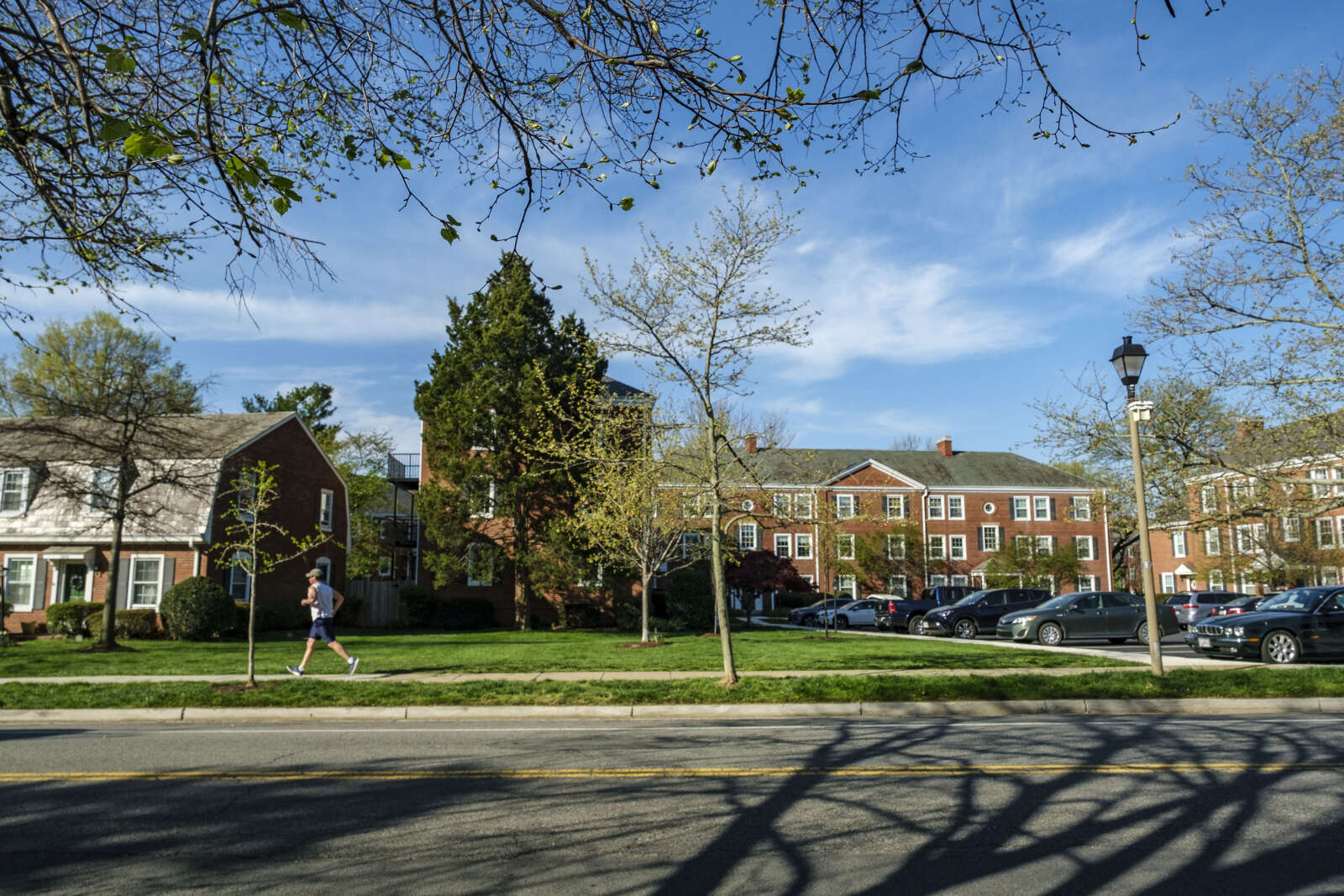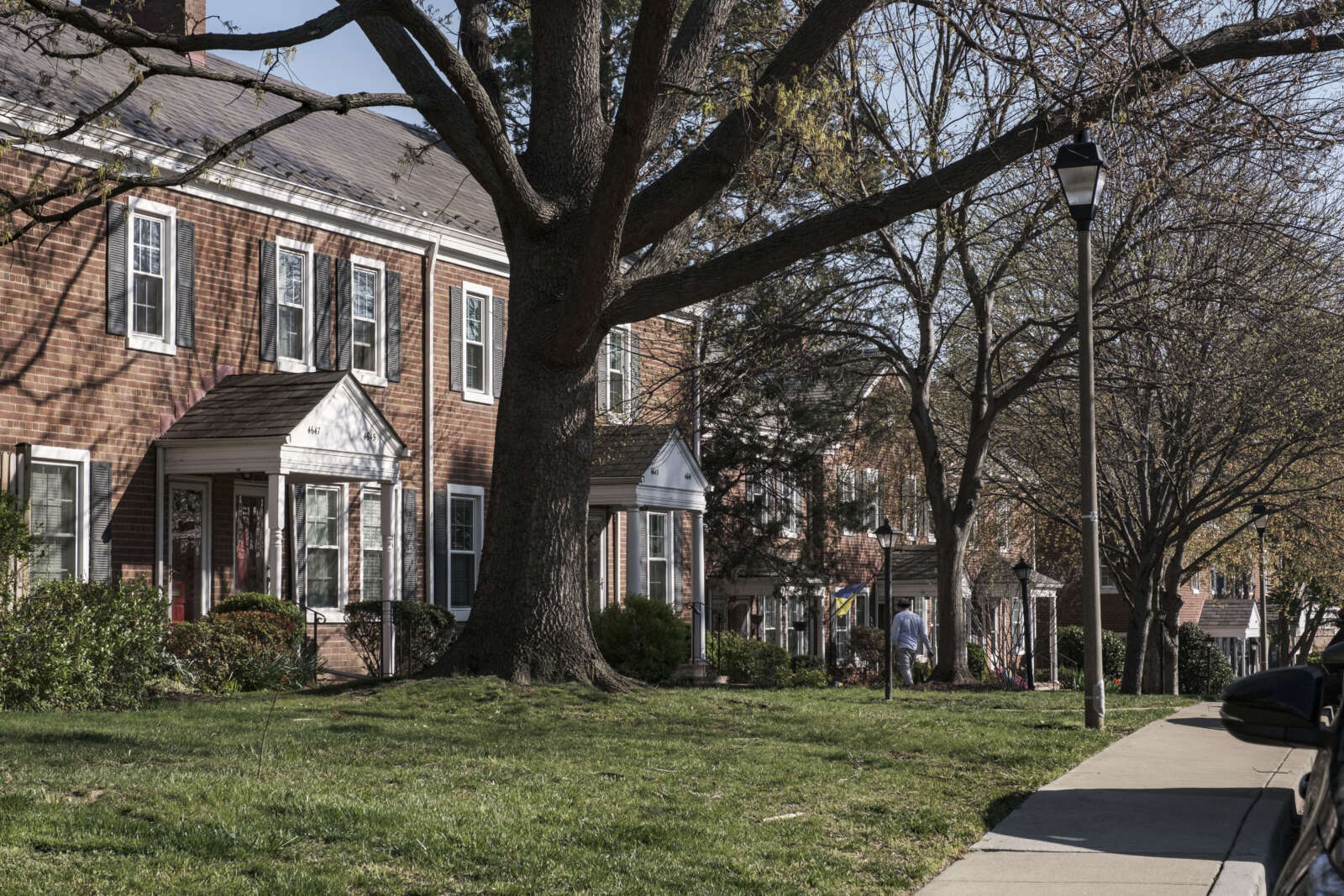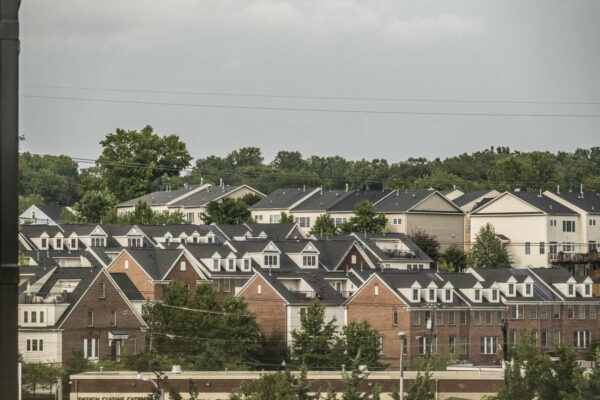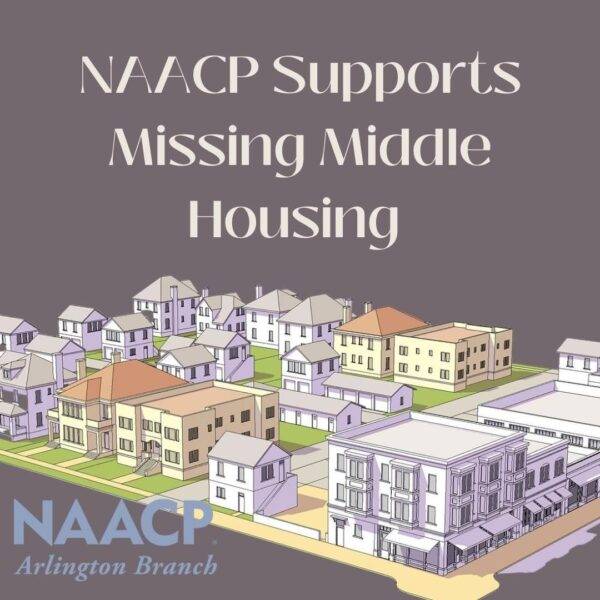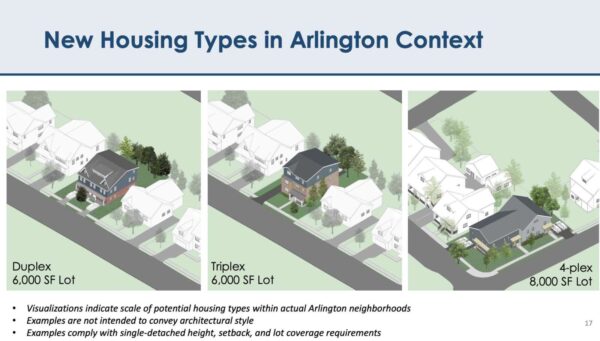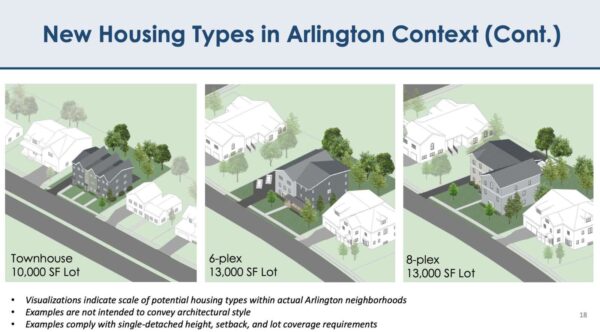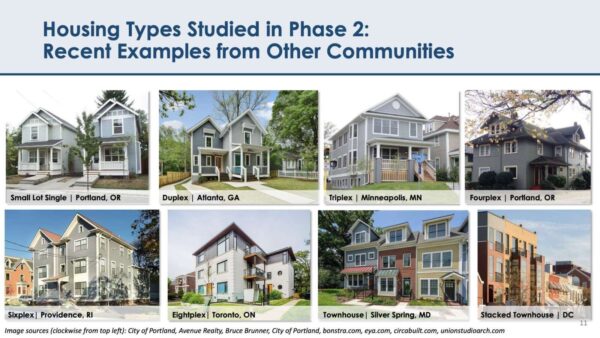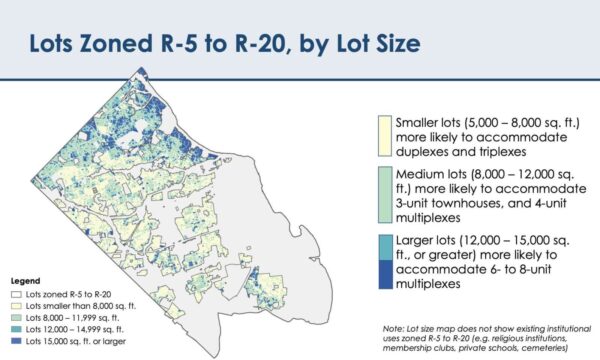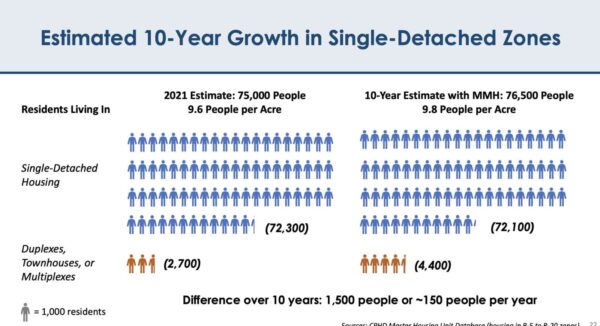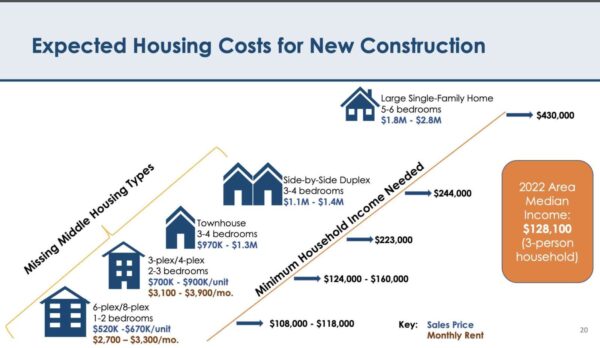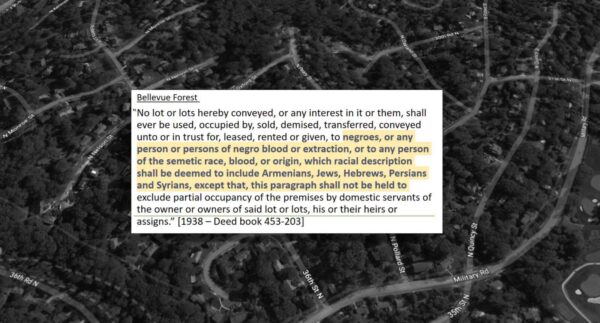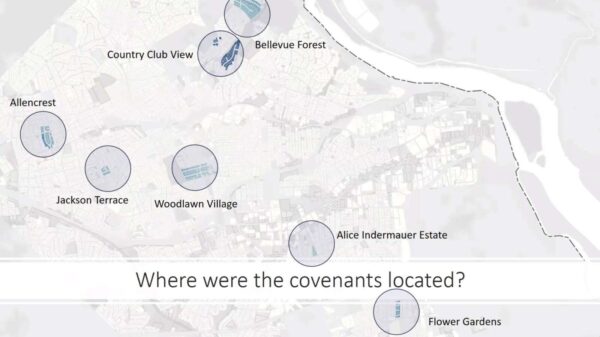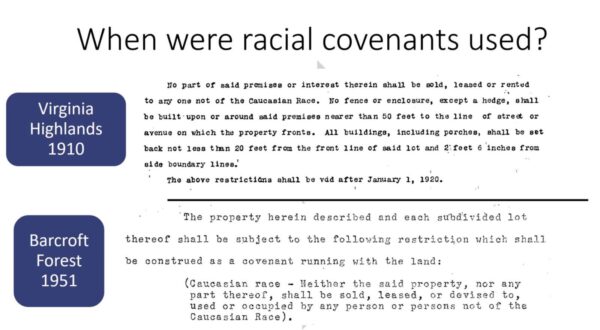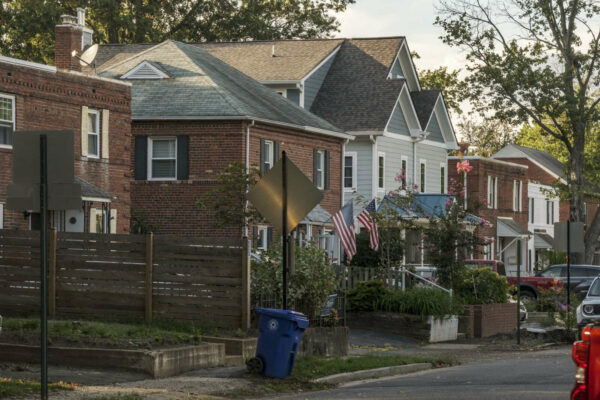Take a drive through Fairlington and you will see sprawling acres of modest Colonial Revival-style condominiums with manicured lawns.
Once, they were garden apartments and townhouses, built between 1942 and 1944 to house the masses of defense workers who flocked to Arlington during World War II.
The complex is one marquee example of Arlington’s World War II-era garden apartments. Other examples include Arlington’s first complex, Colonial Village, and its second, Buckingham Village.
While denser than exclusively single-family-zoned neighborhoods, they are roomier, greener and lower to the ground than mid- to high-rise developments along Arlington’s Metro corridors. That is, they fit the definition of “Missing Middle” housing stock that Arlington County is looking to increase.
Today, Arlington is once again facing a housing crunch, one that is expected to tighten as Amazon hires more workers and companies spring up in its orbit. Garden apartments were once a solution to Arlington’s housing problems 80 years ago. But as Arlington County considers a plan for allowing “Missing Middle” housing in all residential area of the county, the “Missing Middle” of 80 years ago — these low-rise, gentle density developments — are worth a look.
Arlington’s housing history
Garden apartments first came online in the 1920s and were billed as a more spacious and light-filled alternative to denser, taller tenement housing, says George Mason University Mercatus Center fellow Emily Hamilton, who studies housing and development.
“Their setting, in park-like areas, was also shaped by the ‘garden city‘ movement, which started in the UK and was influential in the U.S. and based on the belief that urban housing should be surrounded by greenery, even in the city,” Hamilton said said. (Reston is nearby example of a planned “garden city.”)
But that trend didn’t pick up in Arlington until 1935, when 245 Colonial Revival-style buildings were built on 55 acres and named Colonial Village, writes Gail Baker, a former member of the Arlington County Historic Affairs and Landmark Review Board. Construction began on Arlington’s second complex, the 100-acre Buckingham Village, in 1937, and was completed in the 1950s.
Hamilton says demand shifted toward single-family homes in the mid-century, as living standards and federal financing made buying a house more feasible.
As a result, garden apartments became a “starter option” for families, according to historian Charlie Clark.
“A lot of Arlingtonians who are middle-aged homeowners got their start in the garden apartments in the 40s and 50s,” he said. “Then, they ambitiously rose the economic scale, and wanted a single-family home with a yard, and ended up in other neighborhoods.”
By the 1970s, as the regional population grew and Metro was built these garden apartments faced development pressure. Colonial Village was broken up: some units were conserved, others were converted in condos, and still others were razed and turned into office buildings.
The county preserved Buckingham through an affordable housing deal and the units at Fairlington Villages were converted into condominiums and sold. One selling point was that their Colonial Revival façades were maintained, Baker writes.
Fifty years later, garden apartments are some of the last affordable dwellings to rent in the county in part because the buildings are dated, Hamilton says. And development pressure is mounting, as these buildings are reaching the end of their useful lives.
“It’s interesting,” Clark said. “They were probably considered middle-class when they were built, but they probably have declined a little bit in terms of economics.”
A collection of them near Rosslyn, on N. Ode Street, will be redeveloped as a high-rise affordable housing complex. Meanwhile, the owners of a similar complex along Columbia Pike will be redeveloping its property with townhouses.
Arlington County pre-empted speculative redevelopment of a third garden apartment complex, the Barcroft Apartments, by brokering a deal with Amazon and developer Jair Lynch Real Estate Partners, which agreed to preserve 1,334 units on the site as committed affordable units for 99 years.


